MLZ physicist Dr Leonie Heinze has been awarded the Heinrich Büssing Prize by the Braunschweig University Association. The prize, worth €10,000, recognises her outstanding doctoral thesis on frustrated magnetic materials – a topic that is attracting great interest due to the unusual magnetic states that occur in solid-state physics.
MLZ is a cooperation between:
 > Technische Universität München
> Technische Universität München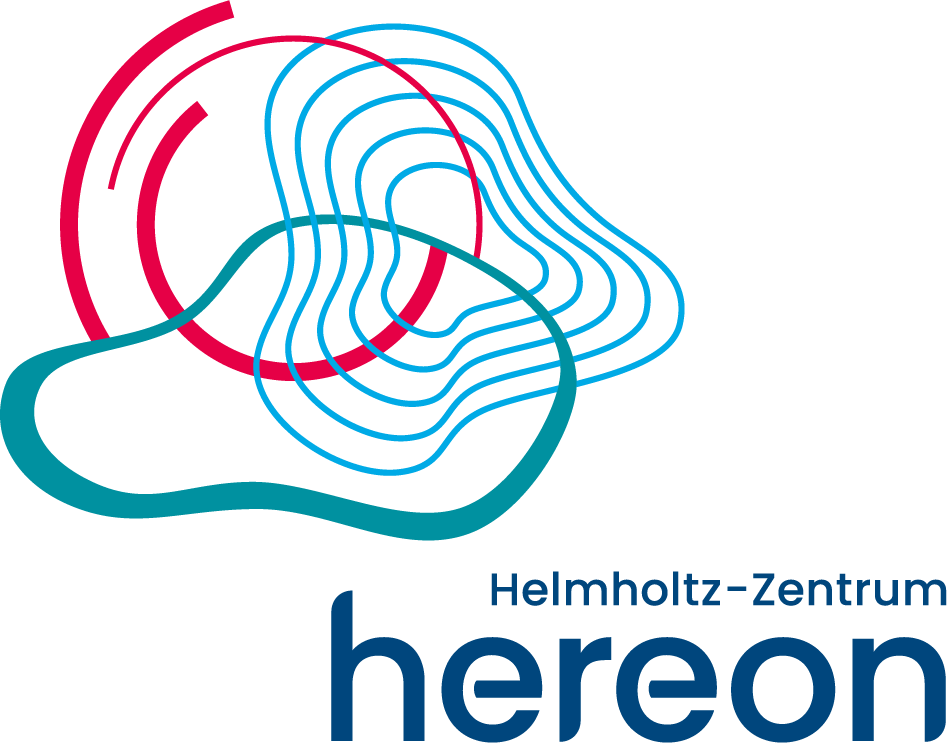 > Helmholtz-Zentrum Hereon
> Helmholtz-Zentrum Hereon
 > Forschungszentrum Jülich
> Forschungszentrum Jülich
MLZ is a member of:
 > LENS
> LENS > ERF-AISBL
> ERF-AISBL
MLZ on social media:

MLZ (eng)
Lichtenbergstr.1
85748 Garching
Nano Science & Engineering
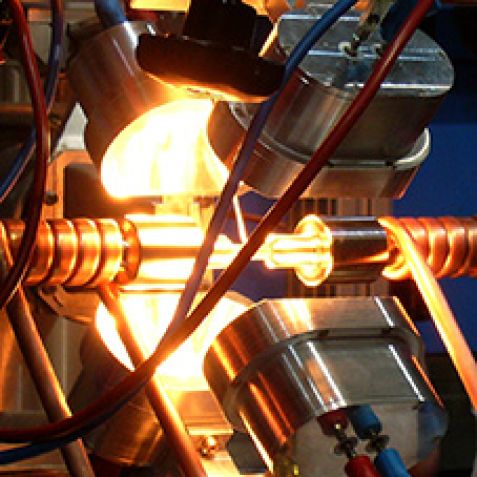
Research and development in the fields of nano science and engineering aim to improve functional materials. New findings will lead to further developments affecting transportation, vehicles, aircraft, sensors, mechanical and electronic nanodevices, and so on.
MLZ addresses the Grand Challenges
- 04.11.2025

- 28.10.2025
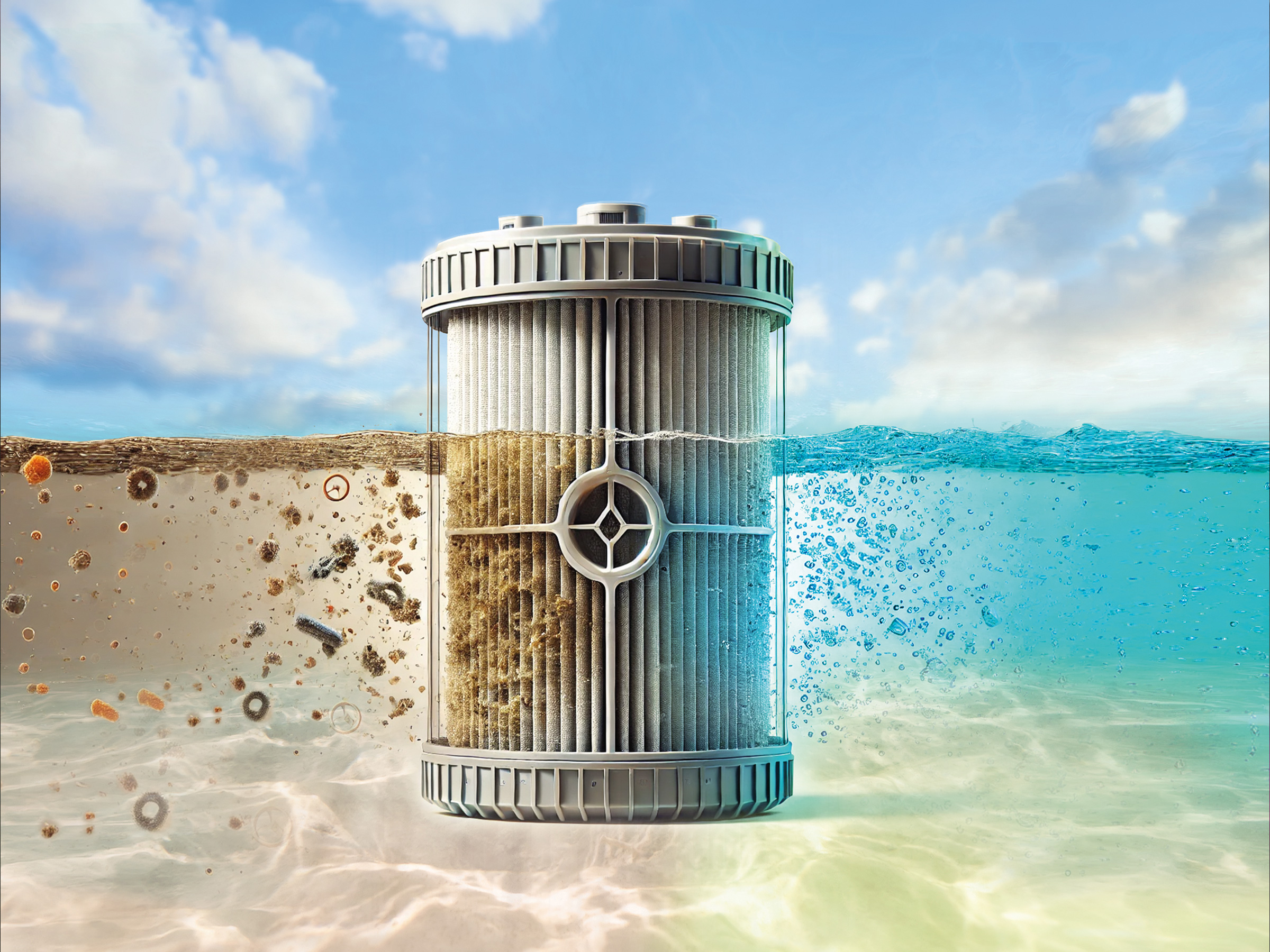
Water purification and desalination based on reverse osmosis is widely applied nowadays. The core of the technology is a special membrane. The microscopic pore system of such membranes needs to stay functional over long periods of operation. To analyse the pore structure during operation, neutrons – with their penetration of complex materials – are perfectly suited.
- 13.05.2025

In a breakthrough for materials science, Dr. Nicolás Di Luozzo from University of Buenos Aires and his international collaborators have developed a method to detect boron in steel using neutron radiography at the ANTARES instrument, located at the MLZ. The findings have significant implications for industries that rely on steel components, such as oil and gas pipelines, automotive, and chemical processing.
- 20.08.2024
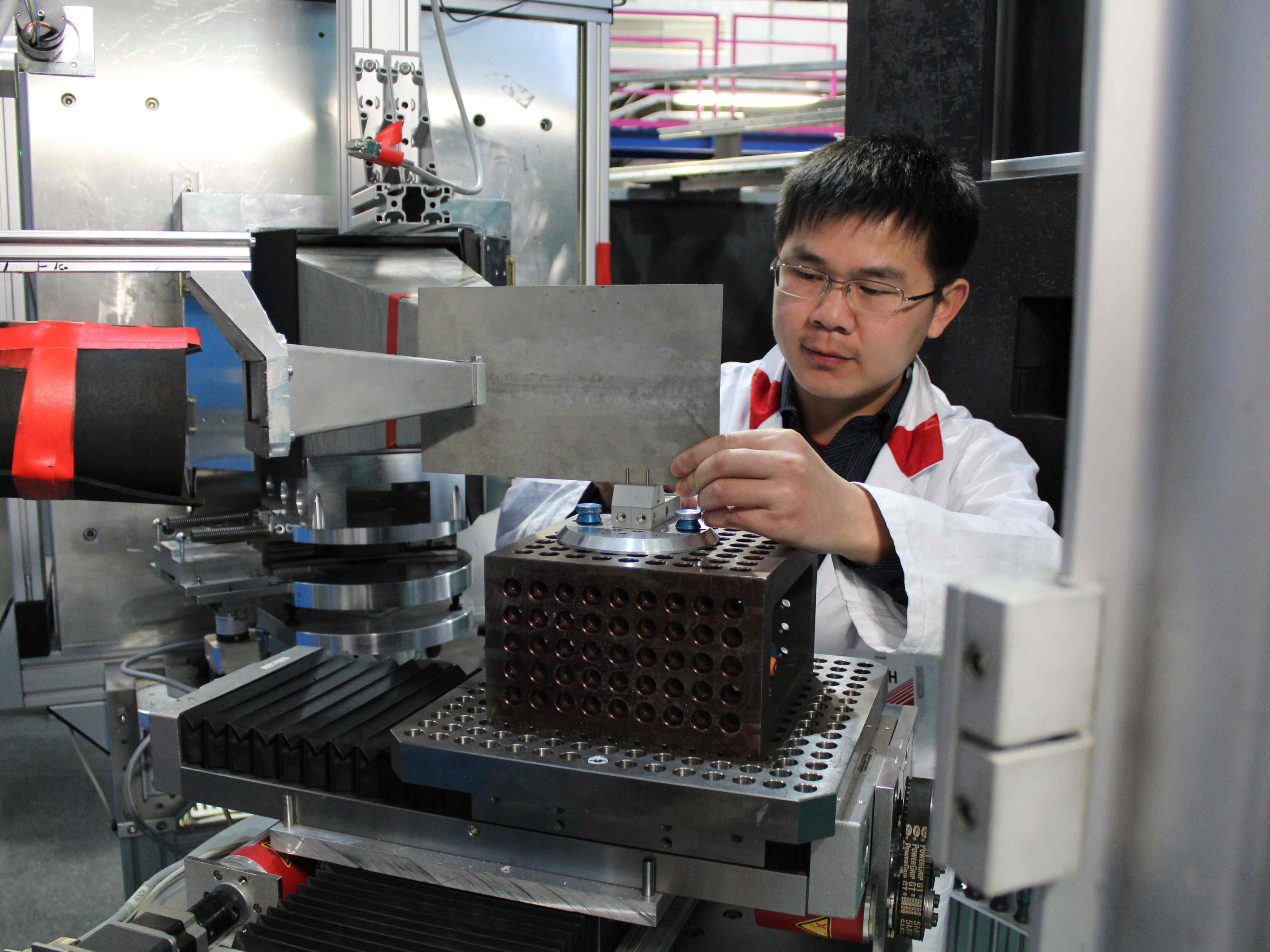
A lightweight material that can be 3D printed and is stable enough to carry heavy loads: this is highly interesting for the automotive and aircraft industries because it could save up to 50% CO2 in the mobility sector. The aluminium alloy Scalmalloy® appears to have precisely such properties. In order to understand the reason for the high load-bearing capacity and to further optimise alloys in the future, researchers have carried out measurements in collaboration with Mercedes Benz, Premium AEROTEC, and Airbus.
- 28.09.2023
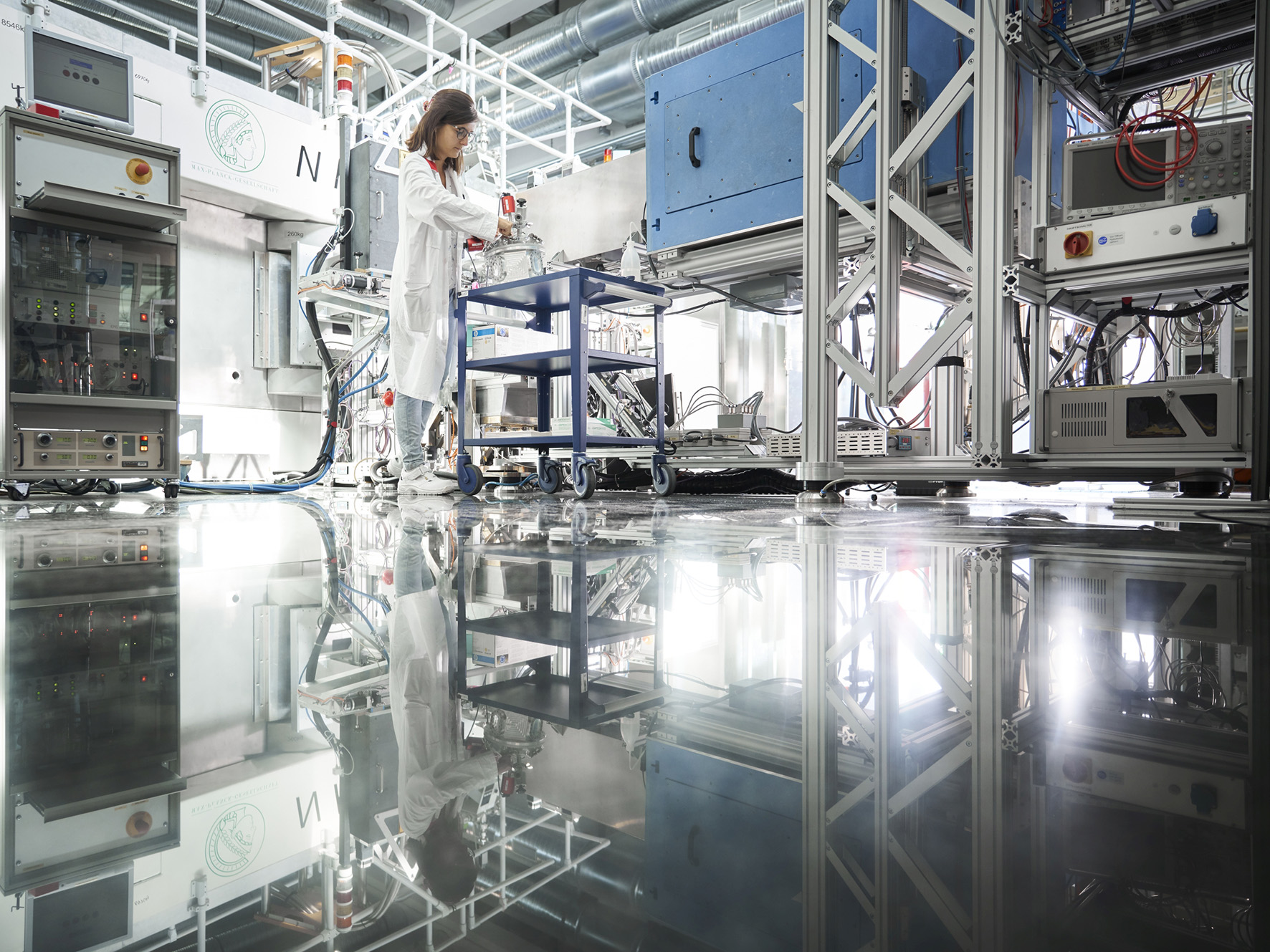
For the first time, researchers at the MLZ have provided a comprehensive overview of the production of superconducting niobium films. Using electron diffraction, they investigated the influence of temperature on production.
- 14.03.2023

The newly developed superalloy VDM® Alloy 780 withstands temperatures of up to 750°C and endures enormous forces with ease. Such materials are real superheroes among alloys. And just like human superheroes, they have very special laboratories and methods with which they can improve their strength. Neutrons and X-rays are an indispensable part of this research.
- 21.01.2022
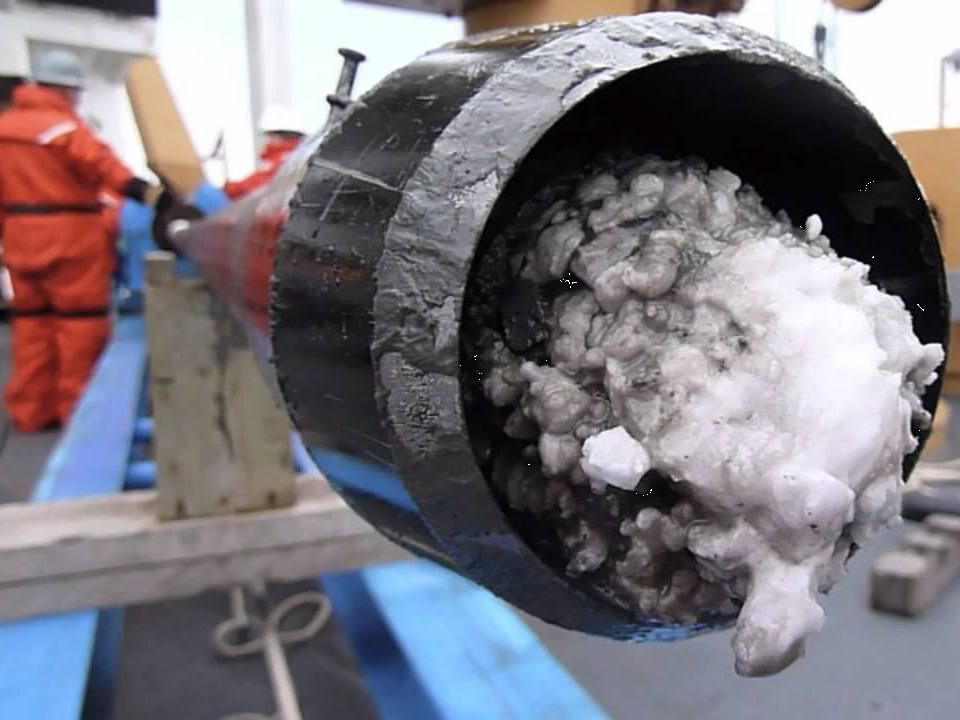
Industry and private consumers alike depend on oil and gas pipelines that stretch thousands of kilometers underwater. It is not uncommon for these pipelines to become clogged with deposits. Until now, there have been few means of identifying the formation of plugs in-situ and non-destructively. Measurements at the MLZ now show that neutrons may provide the solution of choice.
- 30.09.2021

Researchers at the Technical University of Munich (TUM) have succeeded in demonstrating the existence of a novel nanoswitch with the aid of neutrons. In addition to the on and off function previously known for nanoswitches, this switch can be brought into a third stable standby state. The discovery could help develop new sensors or make it easier to dose chemical substances.
MLZ is a cooperation between:
 > Technische Universität München
> Technische Universität München > Helmholtz-Zentrum Hereon
> Helmholtz-Zentrum Hereon
 > Forschungszentrum Jülich
> Forschungszentrum Jülich
MLZ is a member of:
 > LENS
> LENS > ERF-AISBL
> ERF-AISBL
MLZ on social media:


